Why char kuey teow nowadays so little kerang already?
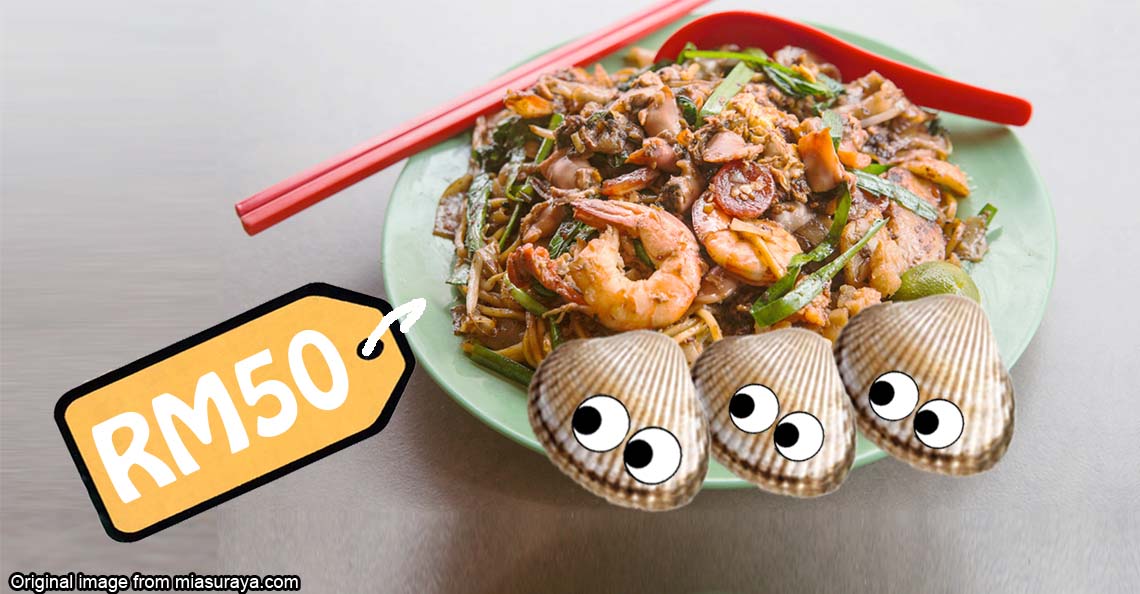
- 806Shares
- Facebook764
- Twitter4
- Email9
- WhatsApp29
It’s starting to not look like a very good year for seafood in Malaysia. Just last month it was reported that the US had banned prawns from Malaysia. And now we’ve been hit by another piece of seafood-related news: Our kerang/cockles/see ham population has been declining! Yeap, one of Malaysia’s favourite shellfish may stop being a favourite simply because there may not be enough to go around in the next few years.
The Star reports that back in 2005 when our cockle industry was at its peak, we could produce 100,000 tonnes of cockles for both dalam and luar negara to eat.
The numbers for last year are actually a far cry from the numbers back then, because last year we only managed to produce about 16,000 tonnes. That’s an 84% reduce in production in the last 10 years!
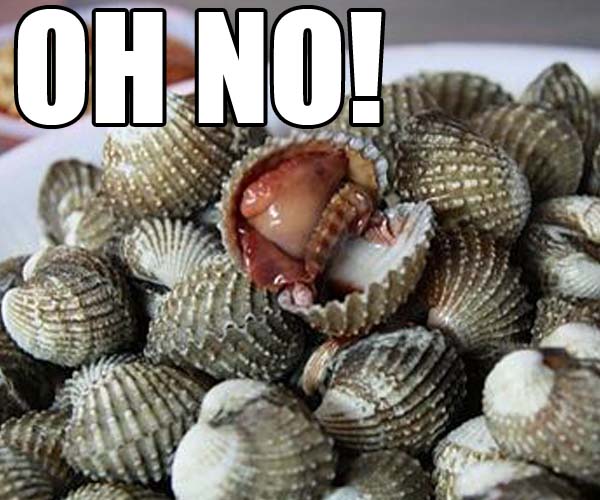
But some of you may be wondering, if the numbers have gone so low, how come we still see kerang in our meals? Well, we do but probably not as much as we used to because….
It’s so serious some char kuey teow no longer have kerang in them
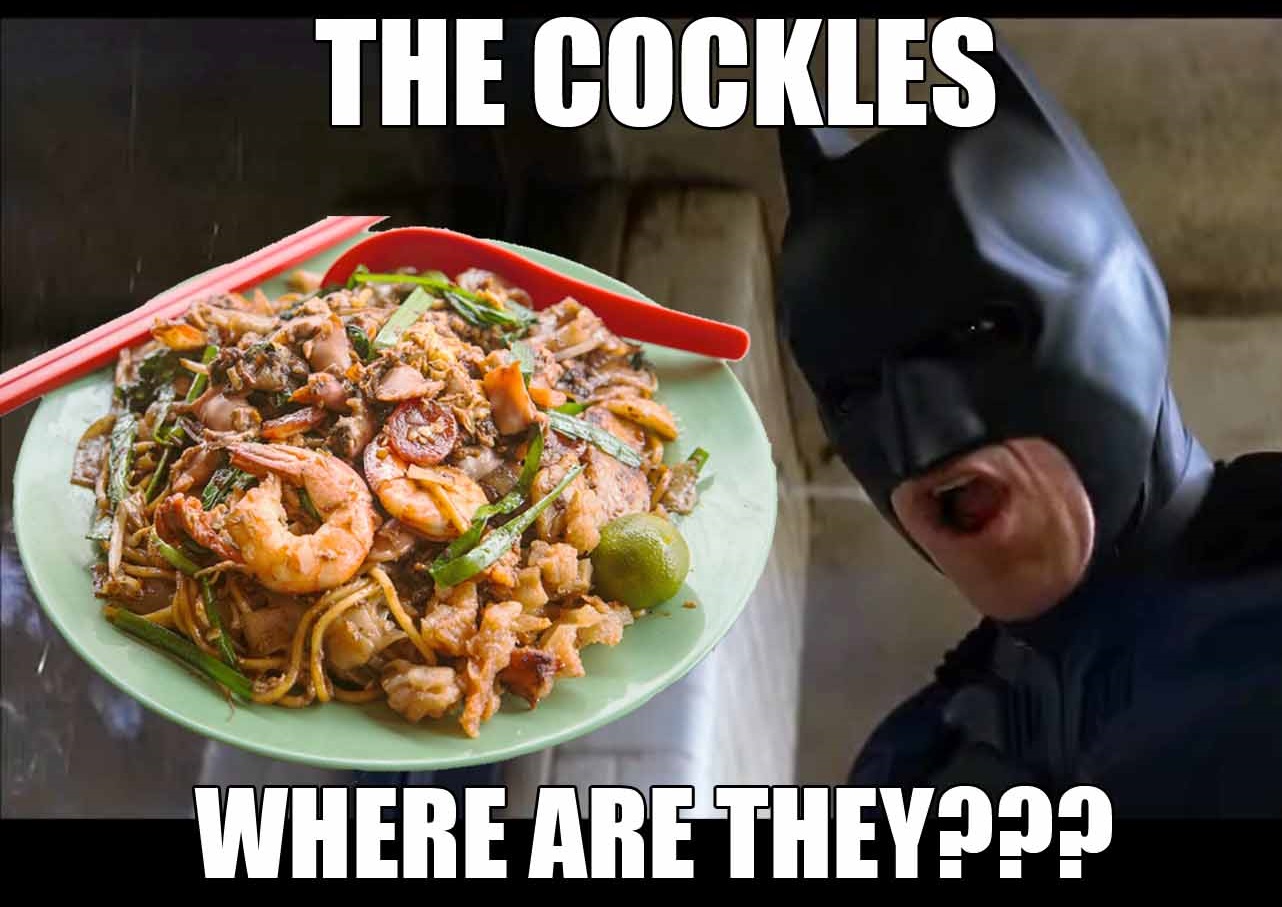
The Star reports that some hawkers have already been reducing the number of kerang in their dishes, or getting rid of it altogether.
“I have opted to leave it (cockles) out of my dishes, even though cockles are a compulsory ingredient for fried koay teow. I have not received any complaints from customers.” – Char koay teow seller Leow See Kok, as quoted by The Star
In economics, the price of something will go up when the supply reduces. And that is exactly what is happening to our kerang prices today.
“The price has gone up by about 40% as I’m buying a kilo of cockles for RM28. It used to be about RM20 last year (2015).” – Peace and Joy Coffee Shop owner Cheong Kwai Foong, as quoted by The Star
The same shop owner even said that it was RM15 per kilo in 2014. There were even reports that at one point, it was about RM2-3 per kilo. So it’s not because they are shellfish selfish. Anyway to be fair, the quotes above are from Penang, but when we spoke to our nearby nasi lemak mak cik in Kelana Jaya(who sells one nasi lemak kerang for like RM4), she did admit that kerang was really expensive now, RM21 per kilo where she gets it from.
Why is our supply of kerang going kering?
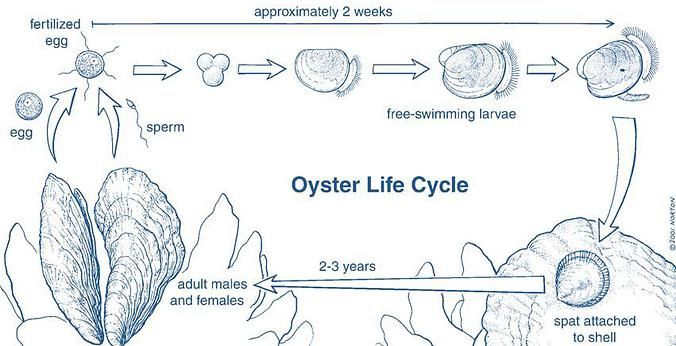
So just to be clear, here is how cockle farming happens in Malaysia. In the cockle world, there’s no such thing as a male cockle meeting a female cockle and then getting jiggy with it. Instead, both male and female cockles fire their sperm and eggs into the water on an outgoing tide. Like their reproductive cells literally go with the flow until they find each other. The result of this, is the spawning (yes like zerglings) of larvae.
The larvae then drift along with the sea currents for about 30 days before settling down on mudflats (muddy areas near the coast) where these baby kerang are called spats. They just continue to grow at this point until they are harvested.
The decline of our kerangs isn’t something that suddenly happened this or last year, because here is a quote from 2012.
“In past seasons, almost 90% of the harvest was healthy cockles. But that isn’t the case anymore these days. The dwindling population and slow growth rate are signs of deteriorating water quality in the cockles’ breeding environment. We couldn’t harvest anything last year because of the cockles’ delayed growth. It took one year and two months for them to reach the size that previously took just seven or eight months.” – Fisherman Kahar Buntal, in May 2012, as quoted by The Star
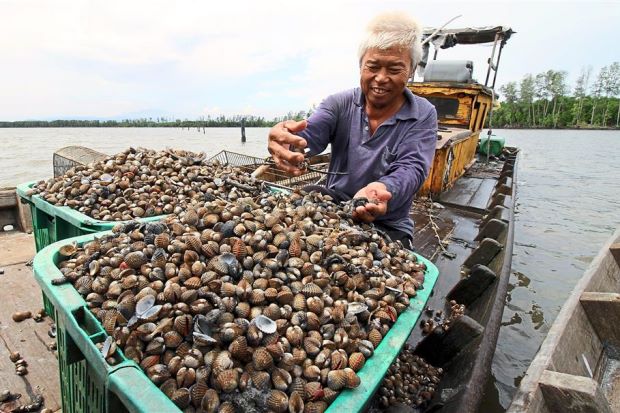
Yes he’s just a fisherman but his sentiment was echoed by professors as well. A biologist from UPM explained that coastal wildlife is very sensitive to changes in their environment, and that dangerous chemicals could have accumulated in the cockles, affecting their ability to mate. Which is funny because for an animal that lives at the bottom of the river, you’d expect them to be filthy animals which feed on dirt.
More recent reports even suggest a particular type of pollution: Ammonia.
“The high level of ammonia, low dissolved oxygen and low pH have also affected cockle breeding activities. The river water quality should be monitored for recovery of cockle breeding.” – Fisheries Department Research Division senior director Abu Talib Ahmad, as quoted by Bernama
But one thing other possible problem that was pointed out is the issue of spats (baby cockle) smuggling.
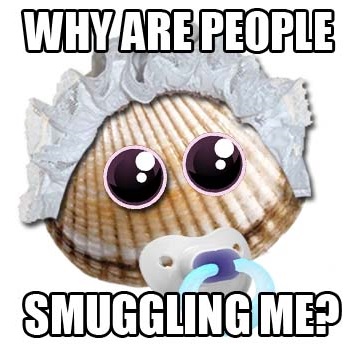
Remember how we said that the cockle reproductive cells go with the flow? Well, one other thing that Malaysia is blessed with is that these spats end up settling at the west coast of Malaysia because the currents in Thailand are too strong for them. So people end up smuggling these spats to Thailand. And there have been multiple news reports of this happening (like here, here, and here)
And all this that’s been leading to the dwindling numbers of cockles has also resulted in the industry itself almost collapsing.
So how we gonna save our shellfish?
The Jabatan Perikanan, together with the Japan International Research Centre for Agricultural Sciences, did in fact look into this and find a solution. And they proposed something called a “closed season” on cockle harvesting. Basically, it means to NOT harvest cockles all year-round as we’re doing right now, and having certain areas permanently protected to preserve the stocks while they’re spawning.
But that also means that if these were to happen anytime soon, cockles may end up becoming a seasonal thing. Meaning some months your char kuey teow will have kerang, and some months it won’t.
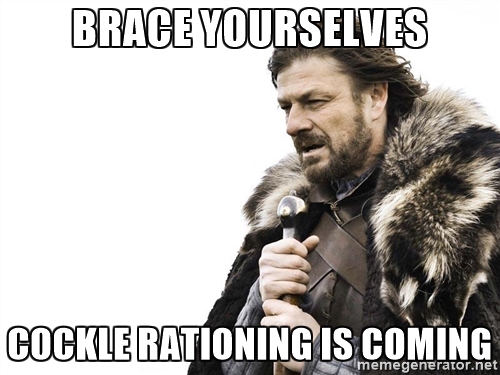
However, it wasn’t specified when exactly this seasonal harvesting of cockles was gonna start. We’ve reached out to the Jabatan Perikanan to ask what else they would be doing to reduce cockle deaths but at time of writing, they have yet to reply. We’ll update the article when they do.
But the bigger issue here is actually, pollution
The Jabatan Perikanan can do a lot of things to try and save our cockles. But one thing they cannot do is make the whole ocean cleaner just so that our cockles can start growing again. So it could very well be that the heart of the matter is actually our very dirty seas.
Articles like this and this both talk about how the pollution in Southeast Asia is like crazy bad. This other article even said that out of the top 10 countries responsible for plastic waste entering the ocean, 5 of them are Southeast Asian countries. Malaysia is ranked at number 8.
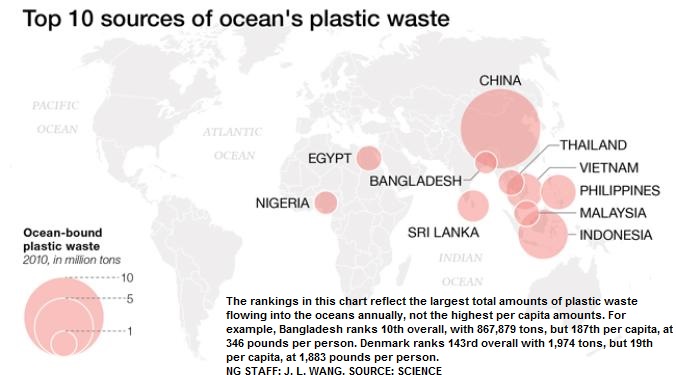
The article goes on to describe various reasons why Southeast Asian waters are so polluted (like people not caring enough, or gomen not doing enough, or even because tourists come to our countries and litter), but basically it says that we don’t have enough awareness of the damage our plastic waste can cause.
And while we can do simple things like asking for no see ham in our char kuey teow (cos some of us don’t really care if there is see ham or not right?), the better thing would be to stop littering altogether, even if you are just one person. (It will not only help the cockles, but go towards preventing flash floods as well.)
“As individuals, on a day-to-day basis, we can make smarter, more informed purchases that try to minimise the amount of plastic products we’re using.
We can think about what small incremental changes we can make that have a very large impact when done collectively.” – Nick Mallos, director of the Trash Free Seas Programme at Ocean Conservancy, as quoted by sea-globe.com
So maybe the next time you tapau some fried kuey tiao, bring a tiffin carrier, and give the aunty back the plastic spoon? Or no seahum will no longer be an option.

- 806Shares
- Facebook764
- Twitter4
- Email9
- WhatsApp29
